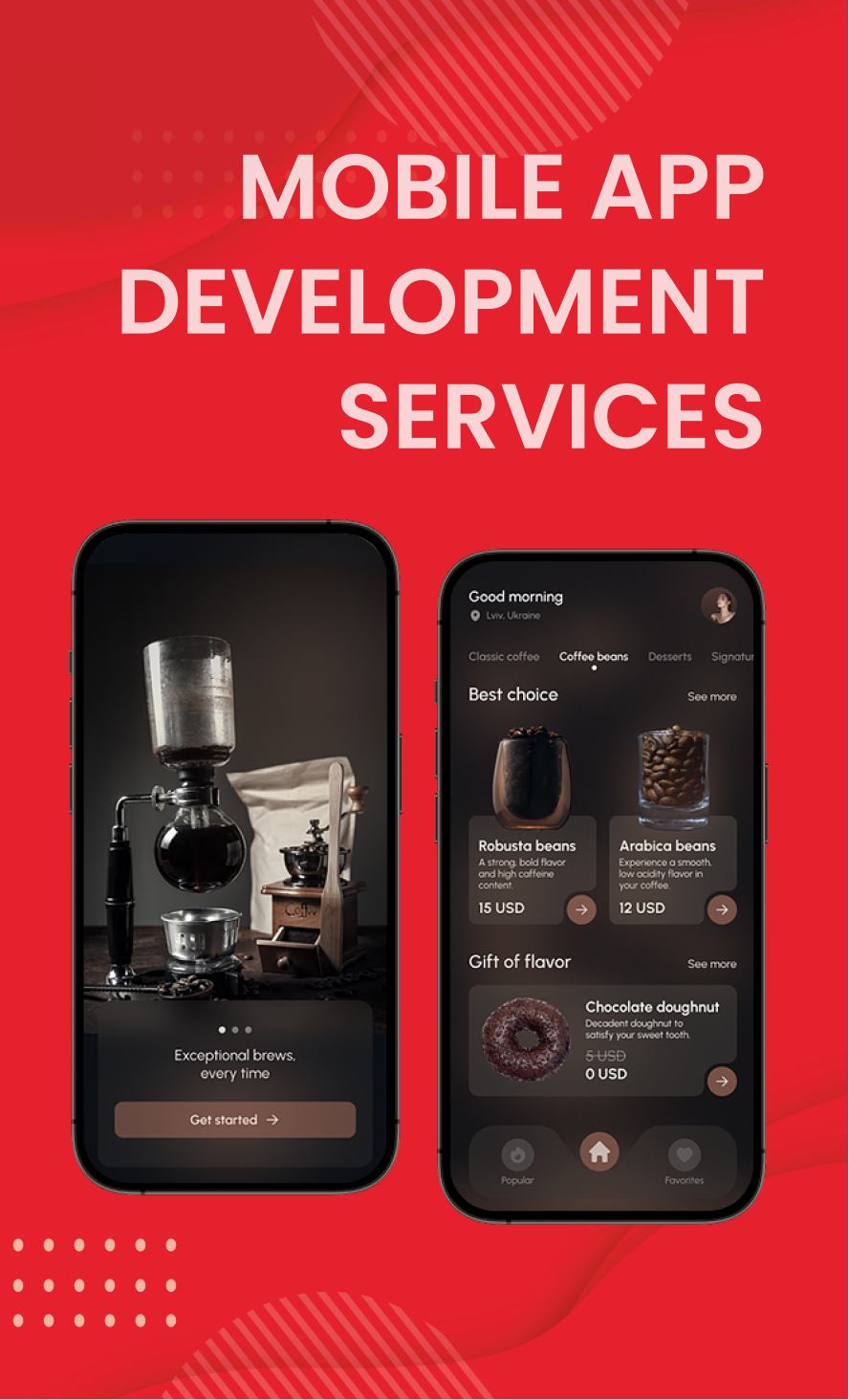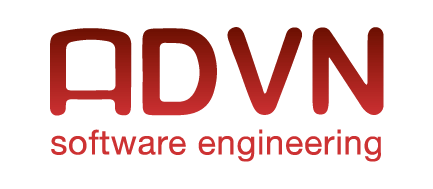The ADVN Blog - Where we inspire business
Where you learn TechNews
News & Insights
Articles and updates on mobile, web, enterprise software, and e‑commerce.
Mobile app development costs today
24/12/2019

Mobile app development costs depend on the scope of features, platforms, design, system integrations, and the implementation team.
To estimate development costs, businesses need to clearly define business goals, target users, and key features. Factors such as the number of screens, the complexity of the user experience (UX/UI), and security requirements also significantly impact the budget.
In addition, choosing native development (separate iOS/Android) or cross‑platform (Flutter, React Native) directly affects timeline and costs. For projects with limited budgets, an MVP (minimum viable product) approach helps validate ideas quickly, reduce risks, and optimize costs.
Key cost drivers
- Feature scope: number of screens, workflows, and complex logic (search, real‑time updates, offline mode).
- Platforms: iOS, Android, web/PWA; native vs. cross‑platform impacts effort and QA coverage.
- UX/UI complexity: custom animations, accessibility, multi‑language, and brand requirements.
- Backend & infrastructure: APIs, databases, authentication, analytics, notifications, and cloud services.
- Integrations: payment gateways, maps, chat, 3rd‑party SDKs, ERP/CRM and marketing tools.
- Security & compliance: data protection, encryption, audit logs, and regulations (GDPR, PCI, HIPAA).
- Content & localization: copywriting, images/video, translations, right‑to‑left support.
- Testing & QA: device coverage, automated tests, performance and accessibility checks.
Team & pricing models
- In‑house vs. agency vs. freelancer: trade‑offs in speed, reliability, and breadth of expertise.
- Time & Materials: pay per actual effort; flexible scope, ideal for MVPs and iterative builds.
- Fixed‑price: clear budget for well‑defined scope; change requests are handled separately.
- Dedicated team: long‑term capacity for ongoing roadmap execution and maintenance.
Typical budget ranges (indicative)
- Simple MVP: core features, limited integrations — approx. $10k–$30k.
- Standard consumer app: polished UX, analytics, notifications — approx. $30k–$80k.
- Complex/enterprise app: multiple integrations, role‑based access, scalability — $100k+.
Actual costs vary by region, seniority, and non‑functional requirements (security, performance, uptime SLAs).
Ways to optimize your budget
- Define an MVP and prioritize must‑have features over nice‑to‑have.
- Leverage cross‑platform frameworks when appropriate to reduce duplicated effort.
- Adopt design systems and reusable components.
- Release in phases and validate with user feedback early.
- Automate testing and use CI/CD to cut regression costs.
- Use managed cloud services (Auth, Storage, Messaging) to speed up delivery.
Timeline vs. cost
Compressing timelines typically increases cost due to added resources and risk. A realistic schedule improves quality and reduces rework.
Hidden & ongoing costs
- App store accounts, certificates, and review cycles.
- Monitoring, crash analytics, and performance tooling.
- Support, bug fixes, and maintenance (OS/SDK updates).
- Feature iterations driven by analytics and user feedback.
Conclusion
A clear scope, pragmatic technology choices, and iterative delivery help teams ship faster at lower risk and cost. Start with an MVP, measure outcomes, and invest where user value is proven.
Related Blog Posts
Best Practices for Optimizing Mobile App Performance
May 29th, 2023
The Evolution of Programming Languages
May 20th, 2023





